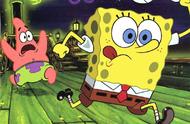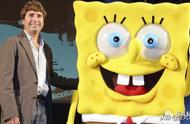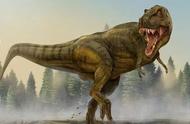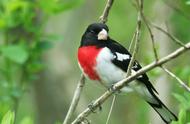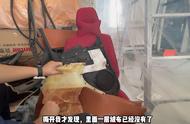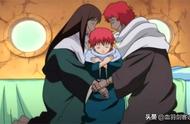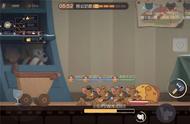值得一提的是,海绵是动物而非植物。海绵动物呈世界性分布,从淡水到海生,从潮间带到深海。它们形态各异,有块状、管状、分叉状、伞状、杯状、扇状或不定形,体型从几毫米到2米长,它们色彩绚丽,主要为黄色和红色。
It is worth mentioning that sponges are animals, not plants. Sponges are distributed all over the world, from freshwater to marine, from intertidal zone to deep sea. They are various in shape, including massive, tubular, forked, umbrella shaped, cup-shaped, fan-shaped or amorphous. The body size ranges from a few millimeters to two meters long. They are colorful, mainly yellow and red.

海绵动物常年固定不动,它是怎样吃饭的呢?海绵动物采用一种过滤捕食方式。单体海绵很像一个花瓶,瓶壁上的每一个小孔都是一张“嘴巴”。海绵动物通过不断振动体壁的鞭毛,使含有食饵的海水不断从这些小孔渗入瓶腔,进入体内。
Sponge animal is fixed all year round, how does it eat? Sponge animals use a filtering method of predation. The single sponge is very much like a vase. Every small hole in the wall of the bottle is a "mouth". By constantly vibrating the flagella of the body wall, the sponge makes the sea water containing the bait penetrate into the bottle cavity from these small holes and enter the body.

极为有趣的是,在复合材料研发出来之前,海绵动物的确是被用来当作头盔内的缓震材料、厨房里的清洁工具以及浴室里的搓澡工具。所以,真正的海绵宝宝与我们的生活互动非常多,只是在如今成本以及动物保护的约束下,更多采用的是复合材料制作的“海绵宝宝”。
Interestingly, before the development of composite materials, sponge animals were indeed used as cushioning materials in helmets, cleaning tools in kitchens and scrubbing tools in bathrooms. Therefore, the real SpongeBob has a lot of interaction with our life, but under the constraints of today's cost and animal protection, the "SpongeBob" made of composite materials is more used.


